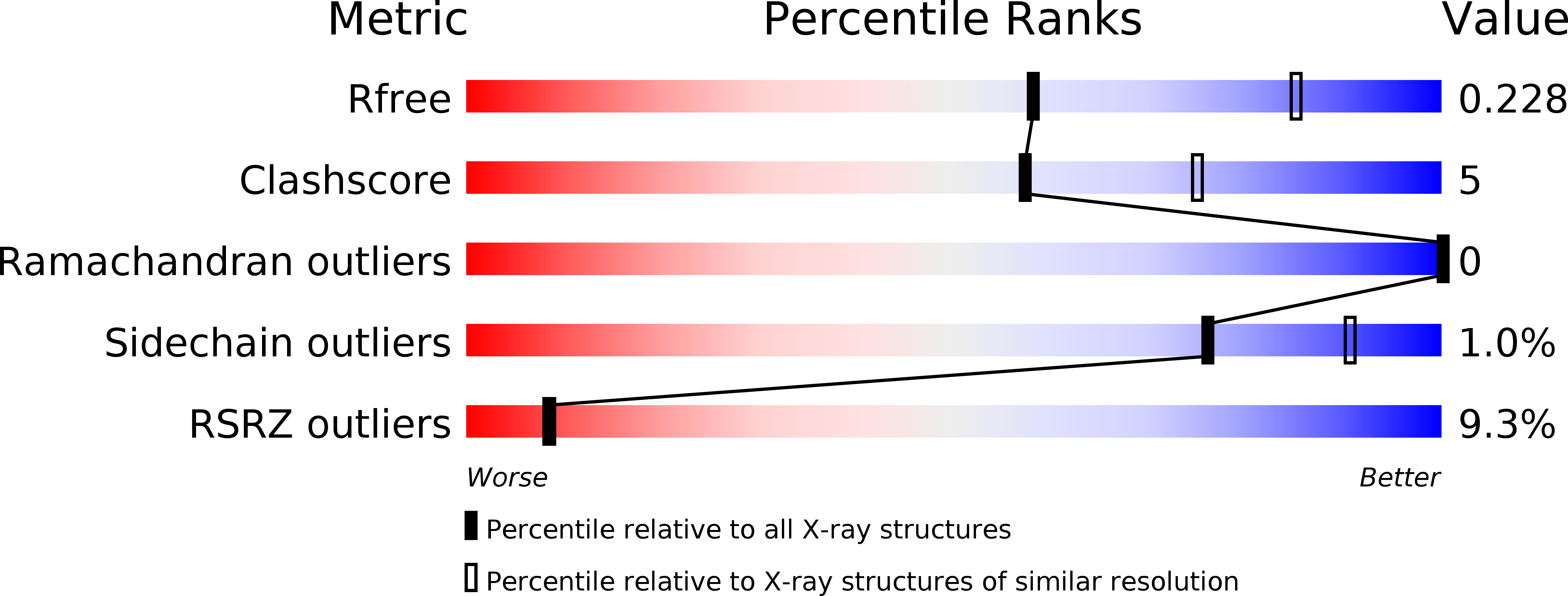
Deposition Date
2019-10-17
Release Date
2020-08-26
Last Version Date
2023-10-11
Entry Detail
PDB ID:
6UPC
Keywords:
Title:
Structure of trehalose-6-phosphate phosphatase from Salmonella typhimurium in complex with trehalose 6-sulfate
Biological Source:
Source Organism:
Salmonella typhimurium (strain SL1344) (Taxon ID: 216597)
Host Organism:
Method Details:
Experimental Method:
Resolution:
2.51 Å
R-Value Free:
0.22
R-Value Work:
0.19
R-Value Observed:
0.19
Space Group:
P 1 21 1


